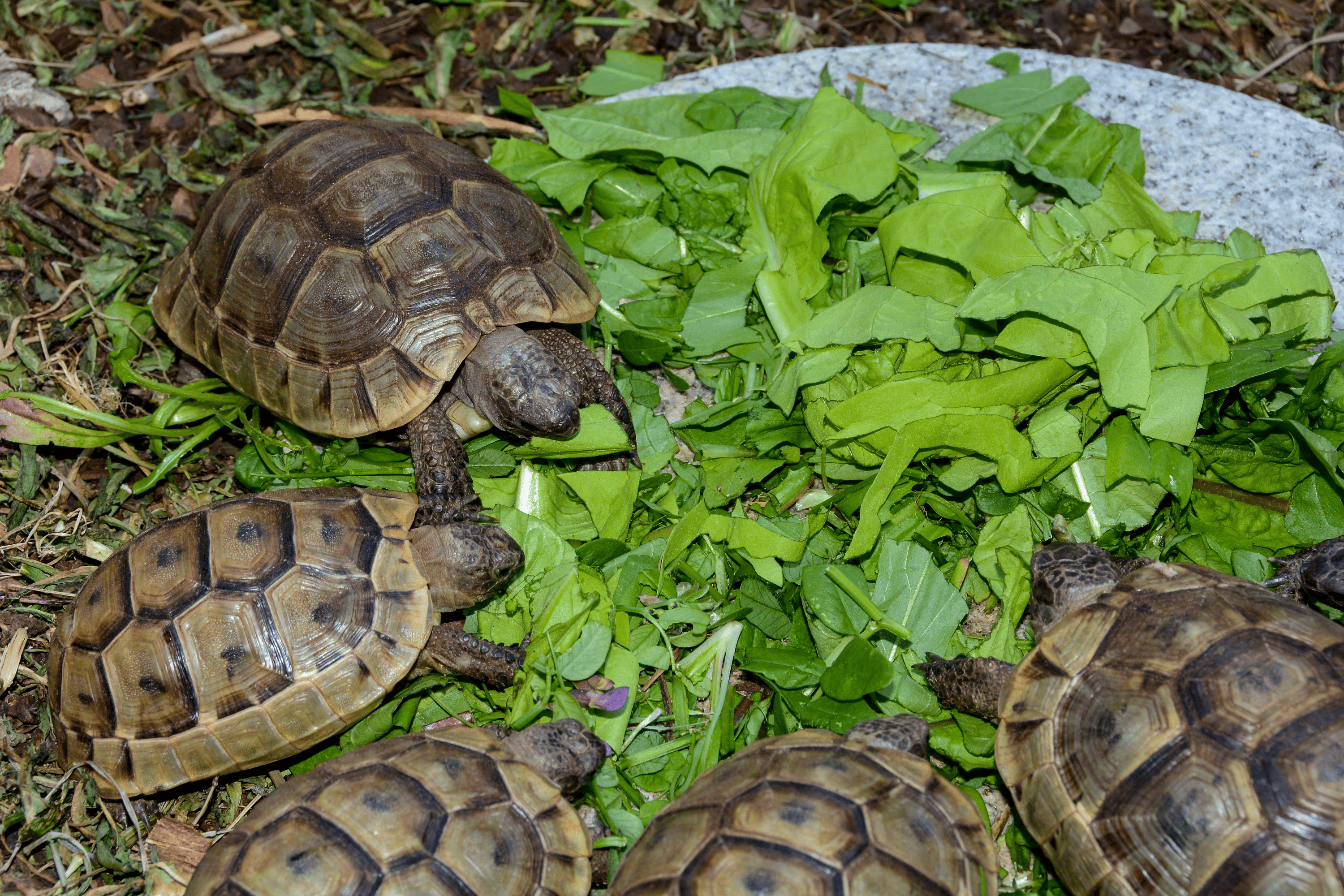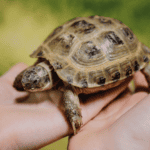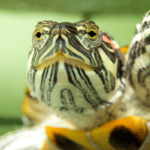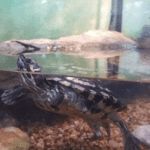Tortoises are fascinating creatures, and many people enjoy keeping them as pets. However, building a proper enclosure for them can be a daunting task. In this article, we will provide a simple and easy-to-follow guide on how to build a tortoise enclosure in your backyard or home.
Materials Needed
- Wooden planks
- Screws or nails
- Mesh wire
- Concrete
- Gravel
- Sand
- Plants
- Water dish
- UVB light
- Heat lamp
Steps to Build a DIY Turtle Enclosure
Step 1: Choose a Location
The first step in building a tortoise enclosure is to choose a suitable location. It should be in a place where the tortoise can receive plenty of sunlight and be protected from the wind and rain. If you live in a colder climate, it is best to place the enclosure in a sunny spot that is protected from the elements.
Step 2: Build the Frame
The next step is to build the frame for the enclosure. You can use wooden planks and screws or nails to create a rectangular shape. The size of the enclosure will depend on the size of your tortoise. A general rule of thumb is to provide at least 10 square feet of space per tortoise.
Step 3: Add Mesh Wire
After the frame is built, add mesh wire to the sides to prevent the tortoise from escaping. This will also provide protection from predators. Make sure the wire is securely attached to the frame and that there are no gaps that the tortoise could squeeze through.
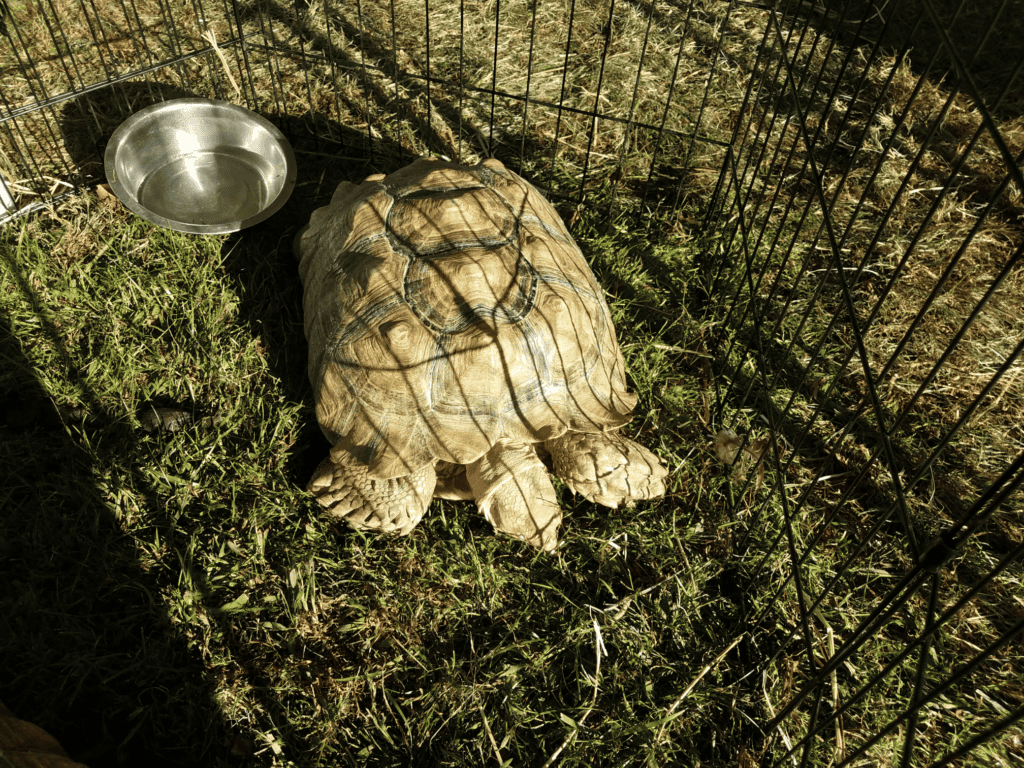
Step 4: Add a Floor
The next step is to add a floor to the enclosure. You can use concrete, gravel, or sand. Concrete is the most durable option, but it can be expensive. Gravel is a good alternative, and it is easy to clean. Sand is also an option, but it can be difficult to keep clean.
Step 5: Add Plants and a Water Dish
To make the enclosure more natural and comfortable for the tortoise, add plants and a water dish. You can use a variety of plants such as succulents, cacti, or grasses. Make sure to choose plants that are safe for tortoises to eat. Also, make sure the water dish is shallow and easy for the tortoise to access.
Step 6: Add Lighting
To ensure the tortoise receives the proper amount of UVB light, add a UVB light to the enclosure. This is essential for the tortoise’s health and well-being. Additionally, you should also add a heat lamp to provide warmth.
In conclusion, building a tortoise enclosure is easy and doesn’t have to be expensive. With the right materials and a simple plan, you can create a comfortable and safe home for your pet tortoise. Remember to always research the specific needs of the species of tortoise you have, and consult with a veterinarian familiar with reptiles.
Non-DIY: A Cheap Outdoor Pet Enclosure Option
- Versatile Poultry Enclosure: This 45.7" chicken hutch doubles as a coop extension and a bunny house, providing a convenient way to free your small chicks from the crowded flock and give them a spacious home for play, rest and exercise.
- Solid Wood Construction: Good quality pine wood is suitable for raising rabbits or other small animals. The coop has a large living area with a heavy-duty wire mesh that could protect your rabbits and ducks from predators.
- Chicken Cages for Outside: A natural pine wood frame with predator-resistant latches and weatherproof wire mesh can provide a safe and secure "free range" environment.
- Foldable Chicken Coop Run: No assembly required, this chicken coop folds up easily for storage without worrying about limited space. Just grab the built-in handle to easily carry the wooden playpen from outdoors to indoors.
- Spacious Chicken Coop with Run: The ventilated enclosure provides a spacious habitat for walking and running, while allowing viewing without disturbance. Suitable for chickens, rabbits, ducks, ferrets, guinea pigs or other small animals.
The Magshion Wooden Chicken Coop is a popular option for those looking for an outdoor enclosure for their pet tortoise. This enclosure is made of solid wood and features a sturdy, weather-resistant design. It has a covered area for shade and protection from the elements, as well as a large open area for the tortoise to roam and bask in the sun.
The enclosure measures 6.5 ft by 4.5 ft, providing ample space for one or two small to medium-sized tortoises. The wire mesh walls allow for good ventilation while also keeping the tortoise safely contained. The coop also features a removable tray for easy cleaning, and a ramp that allows the tortoise to easily access the covered area.
One potential downside to this enclosure is that it does not come with a UVB light or heat lamp, which are essential for the tortoise’s health and well-being. These must be purchased separately and installed. Additionally, the enclosure may not be suitable for larger tortoises, as they may outgrow the space.
Overall, the Magshion Wooden Chicken Coop is a solid option for those looking for a durable, spacious outdoor enclosure for their pet tortoise. It provides a safe, comfortable space for the tortoise to live and is easy to clean. However, it is important to note that additional lighting and heating must be purchased and installed separately.
Minimum Enclosure Size for Different Species of Tortoises
When it comes to building an enclosure for your pet tortoise, it is important to keep in mind that different species of tortoises have different needs. Here are some general guidelines for the minimum enclosure size for different species of tortoises:
- Russian Tortoise: These tortoises can grow up to 12 inches in length and should have an enclosure that is at least 4 feet by 8 feet.
- Hermann’s Tortoise: These tortoises can grow up to 12 inches in length and should have an enclosure that is at least 4 feet by 8 feet.
- Greek Tortoise: These tortoises can grow up to 18 inches in length and should have an enclosure that is at least 6 feet by 10 feet.
- Leopard Tortoise: These tortoises can grow up to 30 inches in length and should have an enclosure that is at least 8 feet by 12 feet.
- Aldabra Tortoise: These tortoises can grow up to 4 feet in length and should have an enclosure that is at least 12 feet by 15 feet or larger.
It’s worth noting that these are minimum requirements and it’s best to provide as much space as possible for the tortoise to move around and explore. Additionally, it’s important to have a basking area and a hiding spot, as well as providing a UVB light and heat lamp.
It is important to remember that these are general guidelines and that the specific needs of each species of tortoise may vary. Always research the specific requirements of the species you plan to keep and consult with a veterinarian familiar with reptiles.
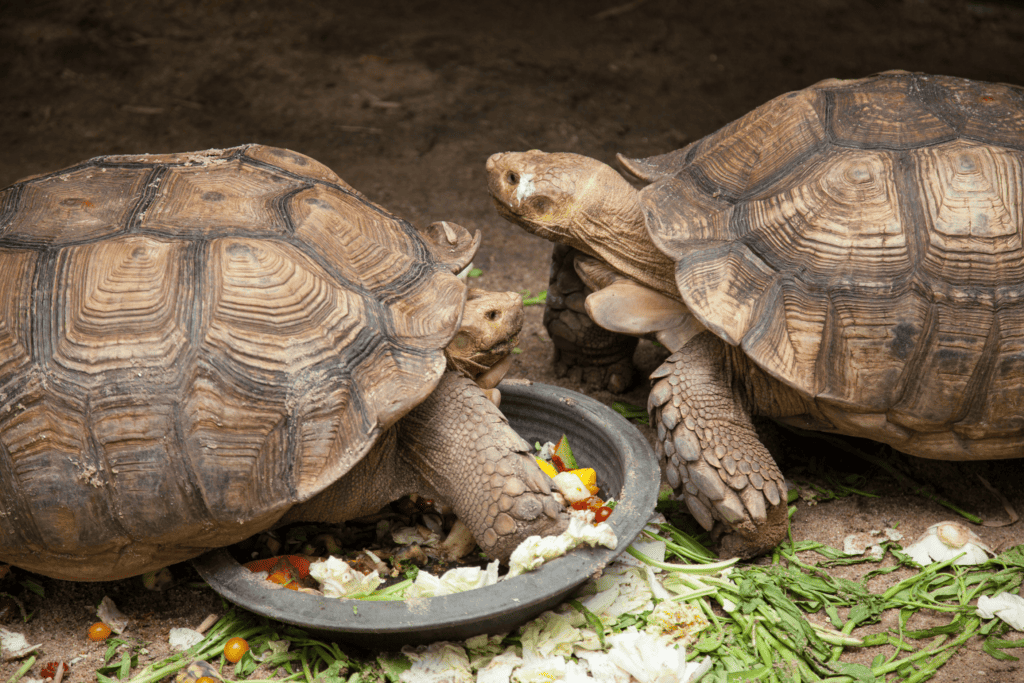
Conclusion
In conclusion, building a proper enclosure for your pet tortoise is essential for its health and well-being. By following the simple guide provided in this article, you can easily build a comfortable and safe home for your tortoise in your backyard or home. Remember to choose a suitable location, use the right materials, and provide enough space for the tortoise to move around and explore.
It is also important to remember that different species of tortoises have different needs and that the minimum enclosure size provided in this article are general guidelines. It’s best to research the specific requirements of the species you plan to keep and consult with a veterinarian familiar with reptiles.
Lastly, providing a basking area, hiding spot, UVB light and heat lamp, as well as plants and a water dish will make the enclosure more natural and comfortable for your pet. With the right care, your tortoise can live a happy and healthy life in its new home.
